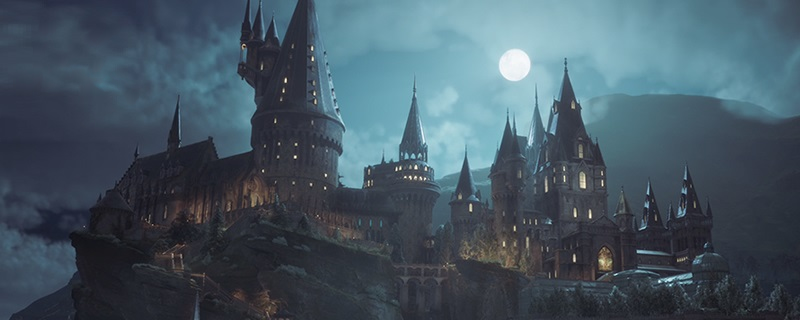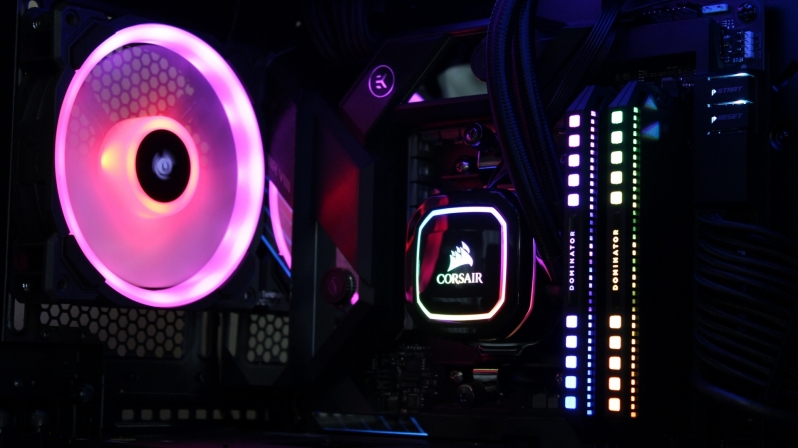Hogwarts Legacy PC Performance Review & Settings Guide
Hogwarts Legacy has arrived on PC, and it is a challenging release
Hogwarts Legacy has shaped up to be one of the largest releases of 2023, with early reviews giving the game more praise that most of us could have expected. While an Victorian-era Wizarding game based in Harry Potter’s Hogwarts School of Witchcraft and Wizardry sounds intriguing, it isn’t often that a large RPG from a little known developer is this successful.Â
On PC, Hogwarts Legacy is kitted out with all of the latest features. The game features ray tracing, the game features the latest AI enhancement features in the form of Nvidia’s DLAA (Deep Learning Anti-Aliasing), and DLSS Frame Generation (DLSS 3), and resolution upscaling in the form of DLSS, XeSS, Fidelity Super Resolution (1.0 and 2.0), and Nvidia Image Sharpening.
Visually, Hogwarts Legacy features the most detailed and accurate digital portrayal of Hogwarts to date, and likely has the most in depth spell casting of any game in the Harry Potter franchise. The game’s characters look marvellous, and it’s story is intriguing, but when it comes to PC performance, this game can be a slog if you don’t use the right graphical settings.Â
Currently, Hogwarts Legacy is a current generation exclusive that is available on PC, Xbox Series X/S, and PlayStation 5. The game is coming to PS4, Xbox One, and Switch at a later date, and will likely arrive on those platforms with more than a few graphical downgrades.Â
In this review, we will be looking at the PC performance of Hogwarts Legacy and will help you to get the most performance out of this game on your system. With the right settings, even users of older GPUs like AMD’s RX 480 and Nvidia GTX 1060 can achieve solid 60 FPS framerates. Let’s get srtarted.
Review Contents
– FOV options and Graphics Settings
– CPU Performance
– DLSS 2 and FidelityFX Super ResolutionÂ
– DLSS 3 Frame GenerationÂ
– Preset Scaling – Low, Medium, High, and Ultra
– VRAM Use and Ray Tracing
– 1080p Performance
– 1440p Performance
– 4K Performance
– Conclusion & Settings Tips
Drivers and System SpecificationsÂ
For today’s testing, we have used AMD’s Radeon Software 22.11.2 driver and Nvidia’s 528.24 WHQL drivers. These are the newest drivers that were available at the time of our testing. During testing, we played the PC Game Pass version of Hi-Fi Rush.
Before testing, we fully updated our Windows 10 installation and ensured that no unnecessary background applications were running on our test system.
Full System Specifications
Below are the full specifications of our game testing system, which we built in mid-2020 to meet the needs of future games. Alongside this system, we will be testing various old and new graphics cards from AMD and Nvidia, including Nvidia’s RTX series and AMD’s RX 6000 series.
To help support the website, we have included Amazon affiliate links below should you wish to purchase the same or similar PC parts. You can read more about our games testing system here.
OC3D Game/GPU Test Rig (Affiliate Links Below)AMD Ryzen 9 3950X Processor with Prescision Boost Overdrive
ASUS ROG Crosshair VIII Formula (X570) MotherboardÂ
Corsair Dominator Platinum RGB Series DDR4 3600MHz (2x8GB) Memory
Corsair RM1000i Power Supply
Corsair iCUE H150i RGB Pro XT All-in-One Liquid CPU Cooler
Corsair MP600 2TB PCIe 4.0 SSD
Corsiar Obsidian 500D RGB SE Case
Windows 10 x64






